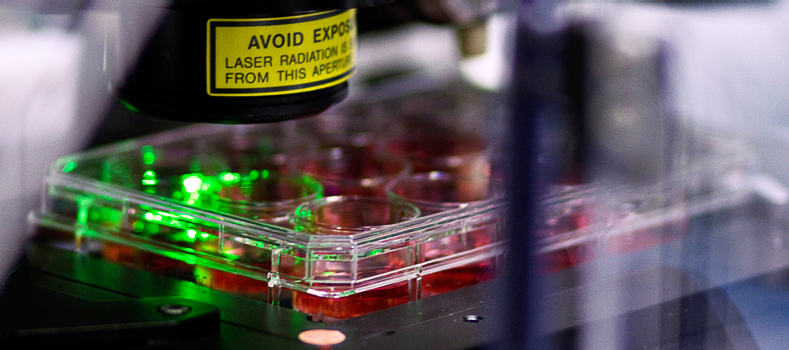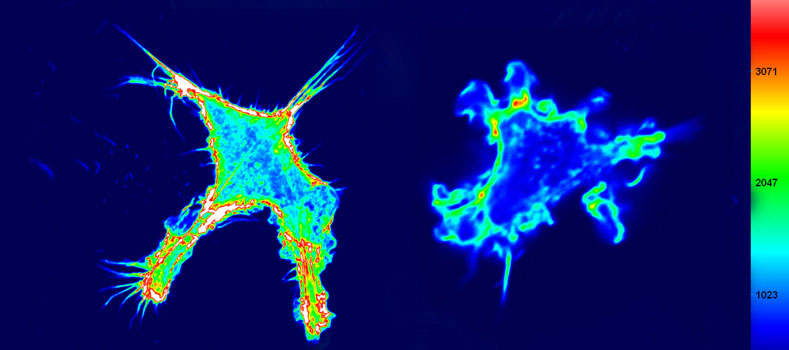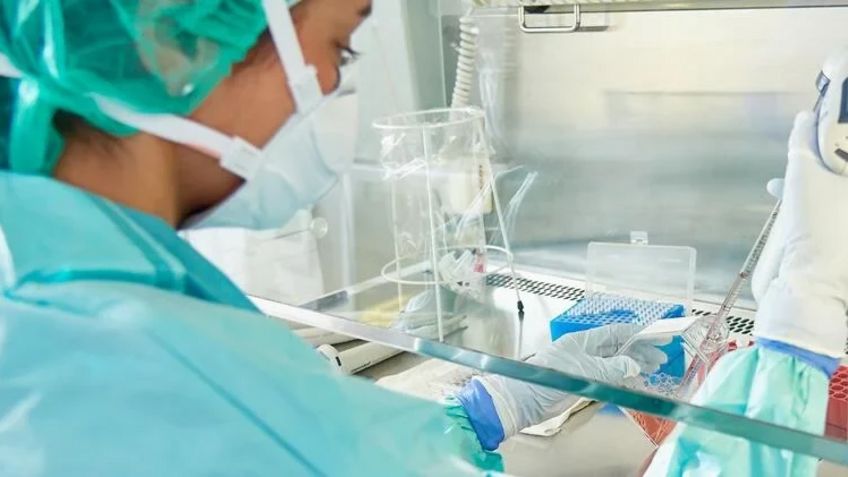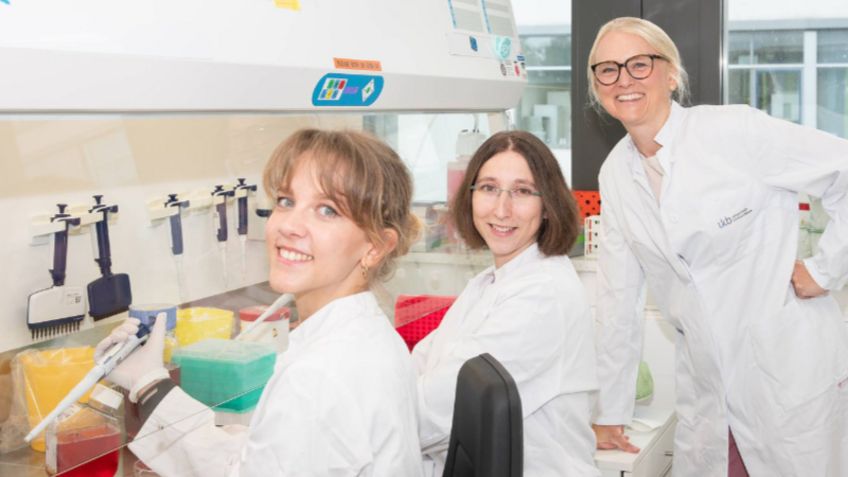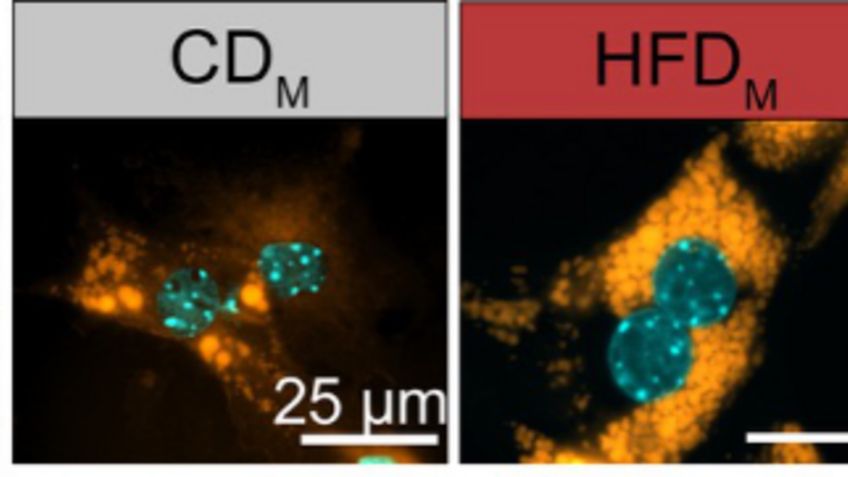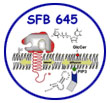
Collaborative Research Center SFB 645
"Regulation and manipulation of information flow
within dynamic protein and lipid environments"
Research Program
Biological membranes are complex and highly dynamic environments composed of proteins and lipids which are required for numerous cellular functions including signal transduction, cell differentiation and morphogenesis. Membranes are not only found at the outer border of the cell but also enclose many cell organelles and thus allow compartmentalization of different metabolic and anabolic reactions. Although the different membrane compartments show distinct lipid characteristics they are not strictly separated but are in a complex and dynamically regulated interchange. Yet, it is still largely unclear how a specific membrane composition is generated and stabilized and how altered membrane organization and shapes (e.g. curvature) translate to cell and tissue differentiation and morphogenesis. Longterm key objectives of the SFB 645 were to understand
(1) the role of lipid metabolizing enzymes in membrane composition and cellular metabolism
(2) the dynamics and organization of membrane proteins
(3) the molecular mechanisms that control the asymmetric distribution of membrane constituents and the impact of lipid metabolites in cell signalling and
(4) to generate novel tools for the analysis of membrane function.
Project Section A "Biological and chemical modulation of membrane molecule function and dynamics"
was devoted to the analyses of plasma membrane receptor dynamics, oligomerization and signal transduction in fundamental biological resposes, such as cell growth, cell fate decisions, metabolic signalling and motility. The common theme linking these projects is the combined effort for a better understanding of the mechanisms of induced proximity, i.e. of localized functional specification of transmembrane proteins. To this end, the projects assembled in this section employ state-of-the art molecular genetics and furthermore feature interdisciplinary approaches such as combinatorial chemistry, innovative visualization of membrane receptor dynamics and computer-assisted modelling of membranes.
Project Section B "Genetic and biochemical manipulation of the lipid metabolism for the analysis of membrane protein function"
used different model systems to study the role of the lipid metabolism in membrane and membrane protein function. The strongest focus of this part was placed on the genetic and biochemical analyses of important enzymes of the ubiquitously important sphingolipid and the glycerophospholipid classes. The lipid composition of cellular membranes is tightly regulated and highly specific for different cell types, organelles, and the different leaflets of the lipid bilayer. Lipids serve as structural building blocks of membrane and interact with lipid binding proteins or with integral membrane proteins. However, we still understand little about the precise mechanisms that govern the interactions between lipid and proteinacious macromolecules. This SFB was assembling powerful tools for the functional analysis of complex protein/lipid environments.
Project Section C "Membrane Trafficking"
investigated membrane trafficking events in various cellular contexts. The common interest of the projects of this section was the functional elucidation of novel protein players and/or mechanisms of intracellular membrane transport in immune defense, development and metabolic control. These exciting new subjects of membrane traffic research been discovered and defined both by established and by new members of this SFB during the first funding period.




